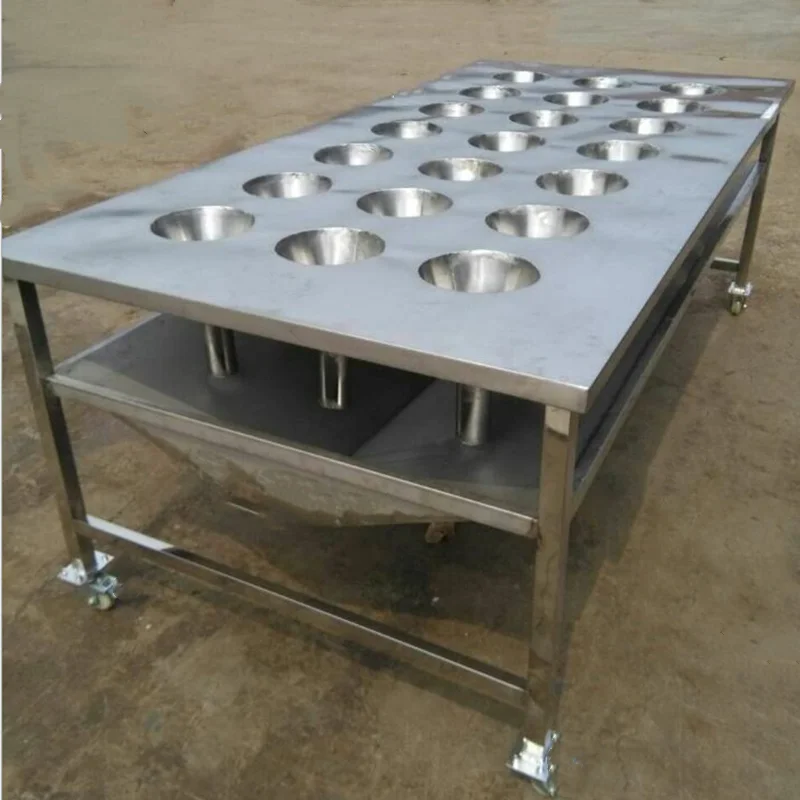Effective Strategies for Selecting the Right Evaporative Cooling Pads for Air Coolers
Jul . 27, 2024 16:38 Back to list
Effective Strategies for Selecting the Right Evaporative Cooling Pads for Air Coolers
Understanding Air Cooler Evaporative Cooling Pads
In the pursuit of energy-efficient and environmentally friendly cooling solutions, evaporative cooling pads have emerged as a popular choice for air coolers, particularly in dry and arid climates. These innovative pads play a crucial role in enhancing the cooling process by utilizing the natural phenomenon of evaporation. This article delves into the workings, advantages, and maintenance of evaporative cooling pads, shedding light on why they are becoming an essential component in modern air coolers.
How Evaporative Cooling Pads Work
At the core of an evaporative air cooler is the cooling pad, which is typically made from cellulose, aspen fibers, or synthetic materials. The fundamental principle behind their function is straightforward when water evaporates, it absorbs heat from the air, leading to a drop in temperature. As warm air passes through the wetted cooling pads, the water within these pads evaporates, cooling the air before it is circulated into the living space.
The effectiveness of evaporative cooling pads is amplified by the surface area they provide for evaporation. The intricate design allows for maximum water retention and airflow, thus increasing the cooling effect. This system is particularly efficient in low-humidity environments, where the air can absorb more moisture, resulting in a significant temperature drop.
Advantages of Evaporative Cooling Pads
1. Energy Efficiency One of the standout benefits of evaporative cooling pads is their energy efficiency. They use significantly less electricity compared to traditional air conditioning systems. Since they mainly rely on the natural process of evaporation, the operational costs are considerably lower, making them an economical choice for homeowners.
2. Environmental Impact These pads are more eco-friendly than conventional cooling systems. They do not rely on harmful refrigerants, and the cooling process involves minimal energy consumption, leading to a reduced carbon footprint. As such, they align well with the growing demand for sustainable living.
3. Improved Air Quality Evaporative coolers incorporate filtration systems that help to remove dust and allergens from the air as it passes through the pads. This results in cleaner, healthier indoor air, which is particularly beneficial for individuals with respiratory issues.
air cooler evaporative cooling pad

4. Lower Installation and Maintenance Costs The installation of evaporative coolers is generally simpler and less expensive compared to central air conditioning systems. Additionally, maintenance is straightforward, primarily requiring the regular replacement or cleaning of the cooling pads.
Maintenance of Evaporative Cooling Pads
To ensure optimal performance and longevity of evaporative cooling pads, regular maintenance is essential. Here are some tips
- Cleaning Periodic cleaning of the cooling pads is crucial to prevent mold and bacteria from forming. Depending on usage, the pads should be cleaned or replaced every few months.
- Water Quality Using clean, filtered water can help minimize mineral buildup on the pads, which can reduce their efficiency. Regularly check and change the water to maintain effective cooling performance.
- Inspecting Components Regularly inspect connected components, such as the water pump and fan, to ensure they are functioning properly. Any sign of malfunction should be addressed promptly to maintain cooling efficiency.
Conclusion
Air cooler evaporative cooling pads represent an effective and eco-friendly solution for indoor cooling. Their low energy consumption, cost-effectiveness, and ability to improve air quality make them a smart choice for homeowners looking to beat the heat without contributing to environmental degradation. As climate change continues to elevate global temperatures, the popularity and importance of such sustainable cooling methods will likely grow, ushering in a new era of comfort that harmonizes with the surrounding environment.
-
Hot Sale 24 & 18 Door Rabbit Cages - Premium Breeding Solutions
NewsJul.25,2025
-
Automatic Feeding Line System Pan Feeder Nipple Drinker - Anping County Yize Metal Products Co., Ltd.
NewsJul.21,2025
-
Automatic Feeding Line System Pan Feeder Nipple Drinker - Anping County Yize Metal Products Co., Ltd.
NewsJul.21,2025
-
Automatic Feeding Line System - Anping Yize | Precision & Nipple
NewsJul.21,2025
-
Automatic Feeding Line System - Anping Yize | Precision & Nipple
NewsJul.21,2025
-
Automatic Feeding Line System-Anping County Yize Metal Products Co., Ltd.|Efficient Feed Distribution&Customized Animal Farming Solutions
NewsJul.21,2025






